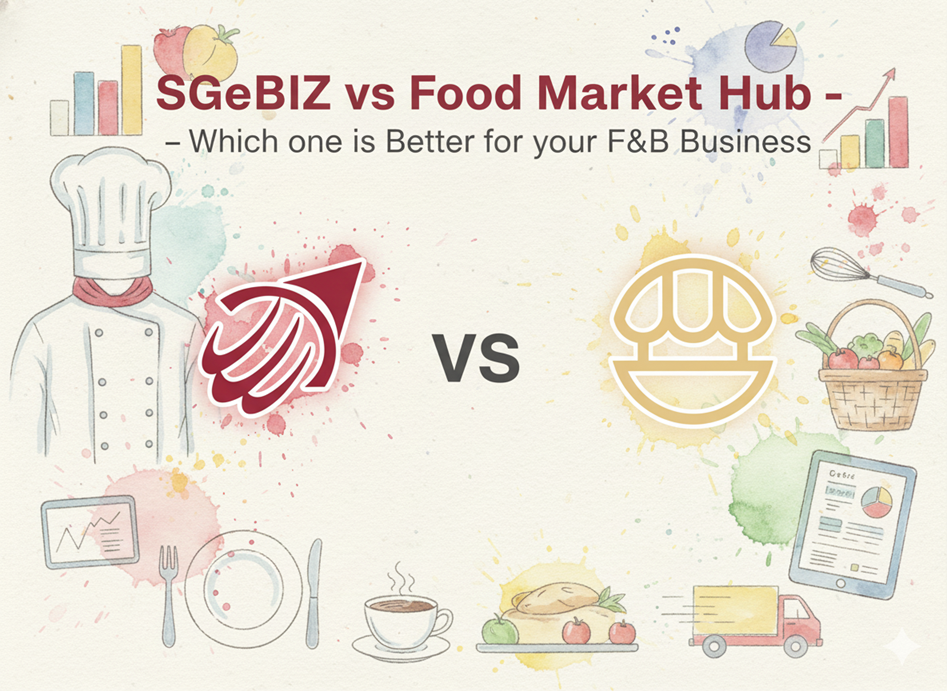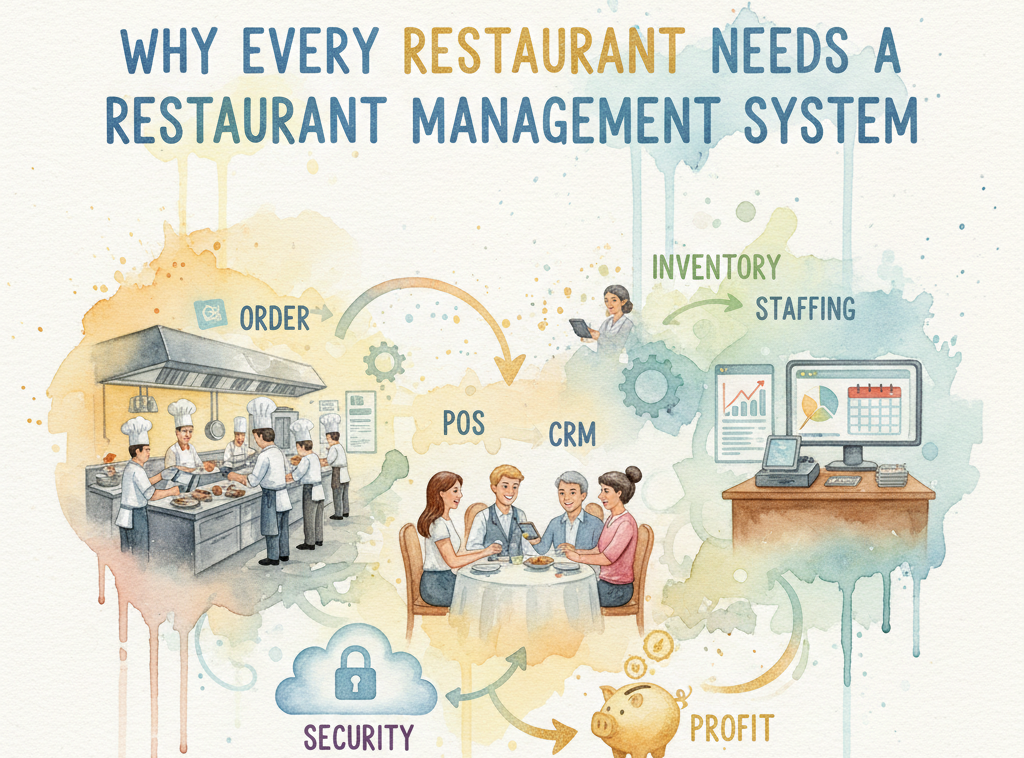How to Reduce Food Cost in Restaurant Management

Being one of the biggest operating expenses in running a restaurant, food cost has become a common concern among restaurateurs. With perishable ingredients, rising food prices, and fluctuating sales, controlling food costs in a restaurant can be quite a challenging task.
Malaysian F&B operators are reportedly “struggling to cope” with the 20% increase of poultry prices. This, combined with the 35% additional cost for non-food materials and overhead costs, have resulted in many restaurateurs to minimize their serving sizes or increase their menu prices.
Both the solutions mentioned above can lead to a decrease in customer satisfaction. Ultimately, there are other ways to manage food costs in restaurants without having to sacrifice customer’s cost, food quality, and portion sizes.
Follow the steps below to reduce food cost effectively:
1. Menu engineering

In reducing food costs, it is important for restaurant owners to evaluate their current menu offerings. Learn the basics of menu engineering and start eliminating dishes that are costly to prepare and generate lower profits due to their unpopularity. Next, restaurateurs should also identify their best-selling menu items and strategise on how to upsell them.
Menu engineering is essential in helping restaurateurs to maximise the profitability of each menu item. It allows F&B operators to evaluate which items are underpriced, and which are overpriced - this makes revising recipes or ingredients become much easier. Menu engineering also enables restaurateurs to seize menu opportunities, such as promoting a dish that is high margin but low sales.
By understanding the balance between the item’s popularity and its profits, restaurateurs can then make an informed, data-driven decision that can lower their food costs.
2. Efficient inventory management

Utilising an inventory management platform is crucial in reducing food cost in restaurants. Not only must the platform allow restaurateurs to track stock count in real time, it must also help them accurately estimate the amount of upcoming orders.
Over-purchasing ingredients and poor inventory tracking has been found to be one of the biggest losses that restaurants can experience. Data has shown that over 60% of restaurants and F&B businesses had incurred losses due to this.
In relying on an inventory management platform, restaurateurs can have a better understanding of their cost of goods sold (COGS), which then will lead to a significant reduction of food waste. With Food Market Hub, restaurant owners can forgo manually tracking their stock, which saves them 49% of time. The AI-powered software also helps restaurateurs to reduce food waste significantly, while at the same time enables them to save up to 12% of purchasing cost.
3. Keep an eye on vendor price fluctuations

With the constant fluctuation of ingredient prices, it can be hard to minimise a restaurant’s food costs. What’s more, the trend can be hard to predict as it is largely influenced by the supply chain, logistical challenges and government regulations.
Though it may seem uncontrollable, one thing restaurateurs can do is keep an eye for the changes of their vendors’ prices and consider their options wisely. Fortunately, using Food Market Hub will save them from all the manual work of tracking each individual supplier as the platform offers only the best matches for their restaurants.
The software is designed to keep permanent records of past purchases, allowing restaurant operators to gain access to all of the items they have purchased along with the prices they have paid. With their full purchase history available, restaurateurs can then observe which vendors that they frequently buy from, and which vendors tend to have volatile pricing.
This feature is extremely helpful for restaurateurs as food costs across the country are unpredictable. By knowing the price trends, they can maintain a low food cost by obtaining better pricing somewhere else.
Further reduce your food cost
With Food Market Hub, the restaurants’ food cost and COGS can be lowered up to 10%. This is further solidified with over 3,000 Southeast Asian restaurants confirming that their profit margins have increased by 15% by utilising the platform. Head over to our website for more information.
To know more about Food Market Hub, read this article for a simple yet thorough guide on our business.










